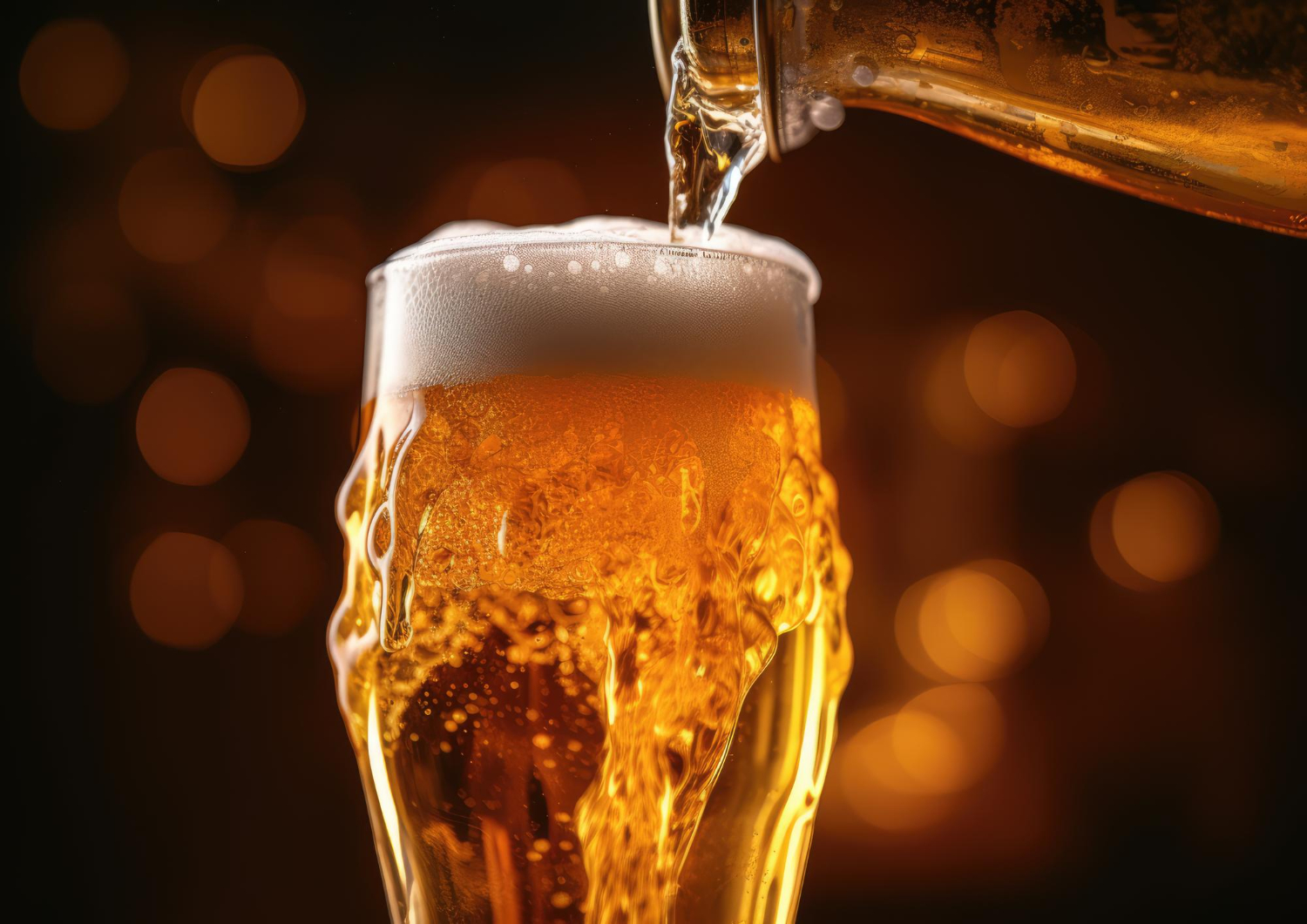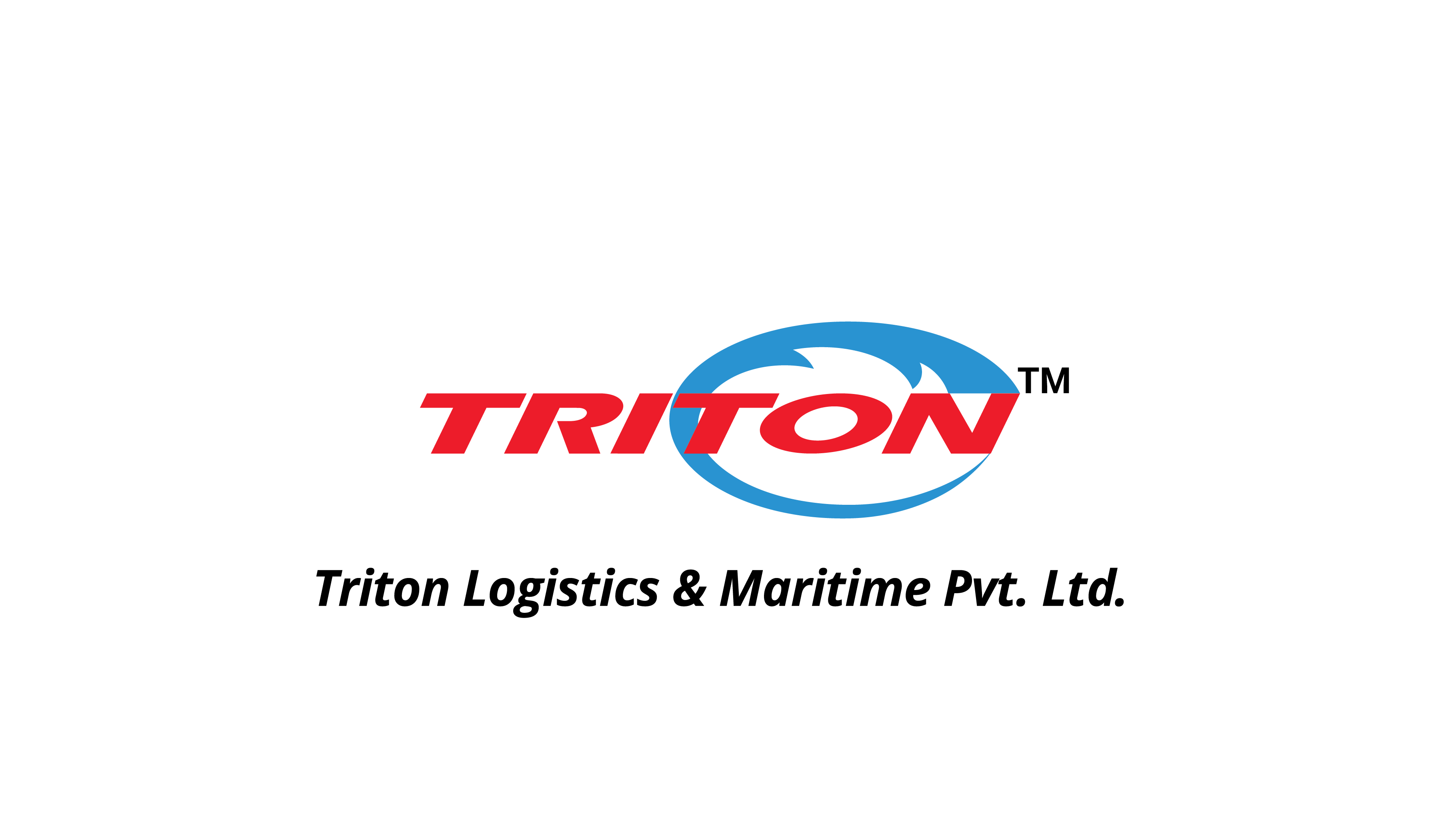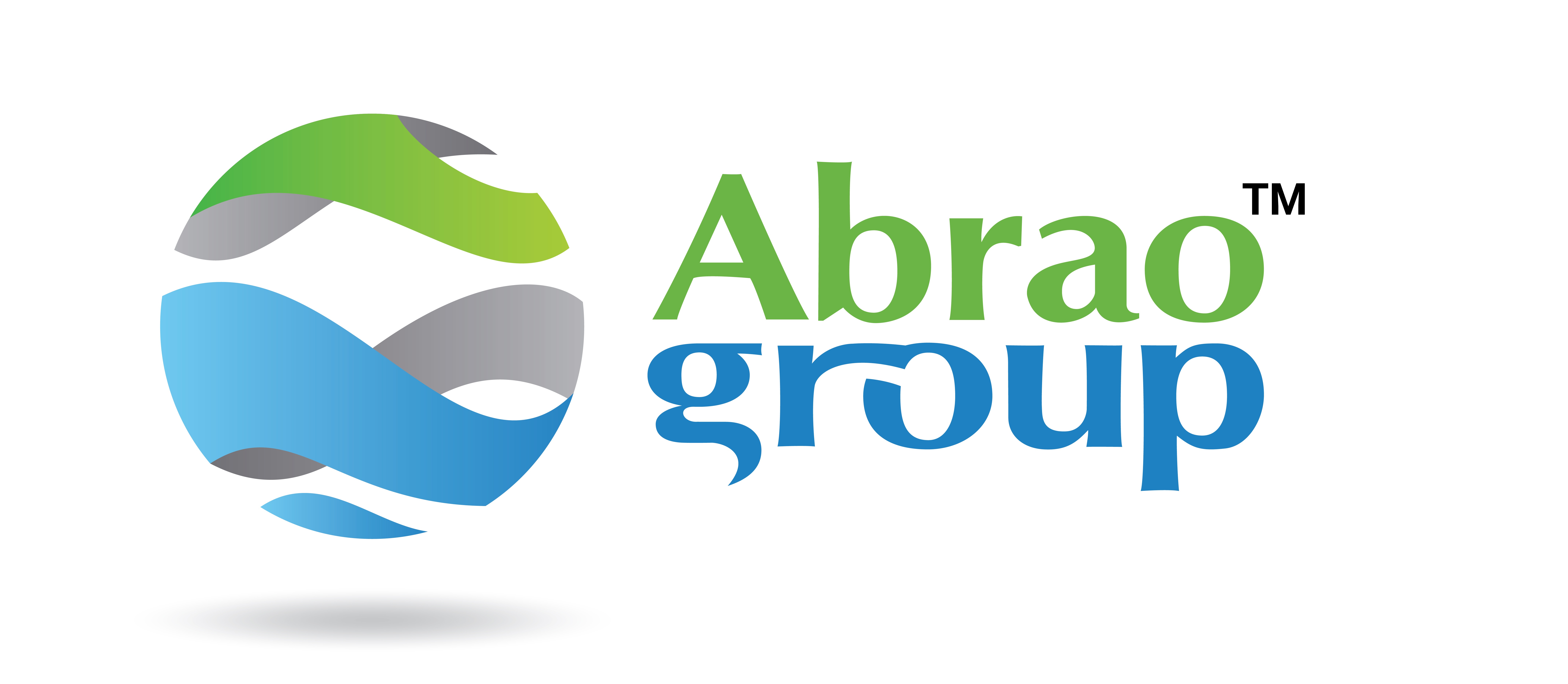Every autumn, Munich transforms into the beating heart of the global beer industry. Oktoberfest, with its overflowing steins and packed beer tents, is often seen as a cultural spectacle. But beneath the singing and clinking glasses lies something far bigger: a mirror of the forces reshaping how beer is brewed, sold, and consumed worldwide. From shifting consumer tastes to supply chain bottlenecks, the festival reflects an industry in transition— one that’s both booming and under strain.
A Market Pouring Over the Top
The beer business is not just froth; it’s one of the largest beverage categories on Earth. By 2025, the global beer market is worth an estimated USD 793 billion and is forecast to grow at a 7.3% CAGR, reaching more than USD 1.6 trillion by 2035. Global consumption now tops 177 billion liters annually, proof that beer remains a staple of social life from Munich to Mexico City.
But the market isn’t growing evenly. Europe, long the cultural and production hub of beer, is experiencing slower growth compared to North America and Asia-Pacific. Rising demand in these regions particularly for craft, low-alcohol, and non-alcoholic variants is changing the global flow of beer trade.
Beyond the Buzz: The Rise of Non-Alcoholic Beers
Oktoberfest may conjure images of potent brews, but consumer behavior is shifting. In Europe, production of non-alcoholic beer reached 2 billion liters in 2024, a number that’s steadily rising as health-conscious drinkers look for moderation without sacrificing social rituals. Younger generations, influenced by fitness trends and mindful drinking, are turning away from heavy alcohol consumption.
Brewers are taking note. The shelves of German supermarkets now feature as many alcoholfree pilsners as traditional lagers. And beyond Europe, countries in Asia-Pacific are driving explosive growth in this segment. What this really means is that the very definition of “beer” is expanding and producers who don’t diversify risk being left behind.
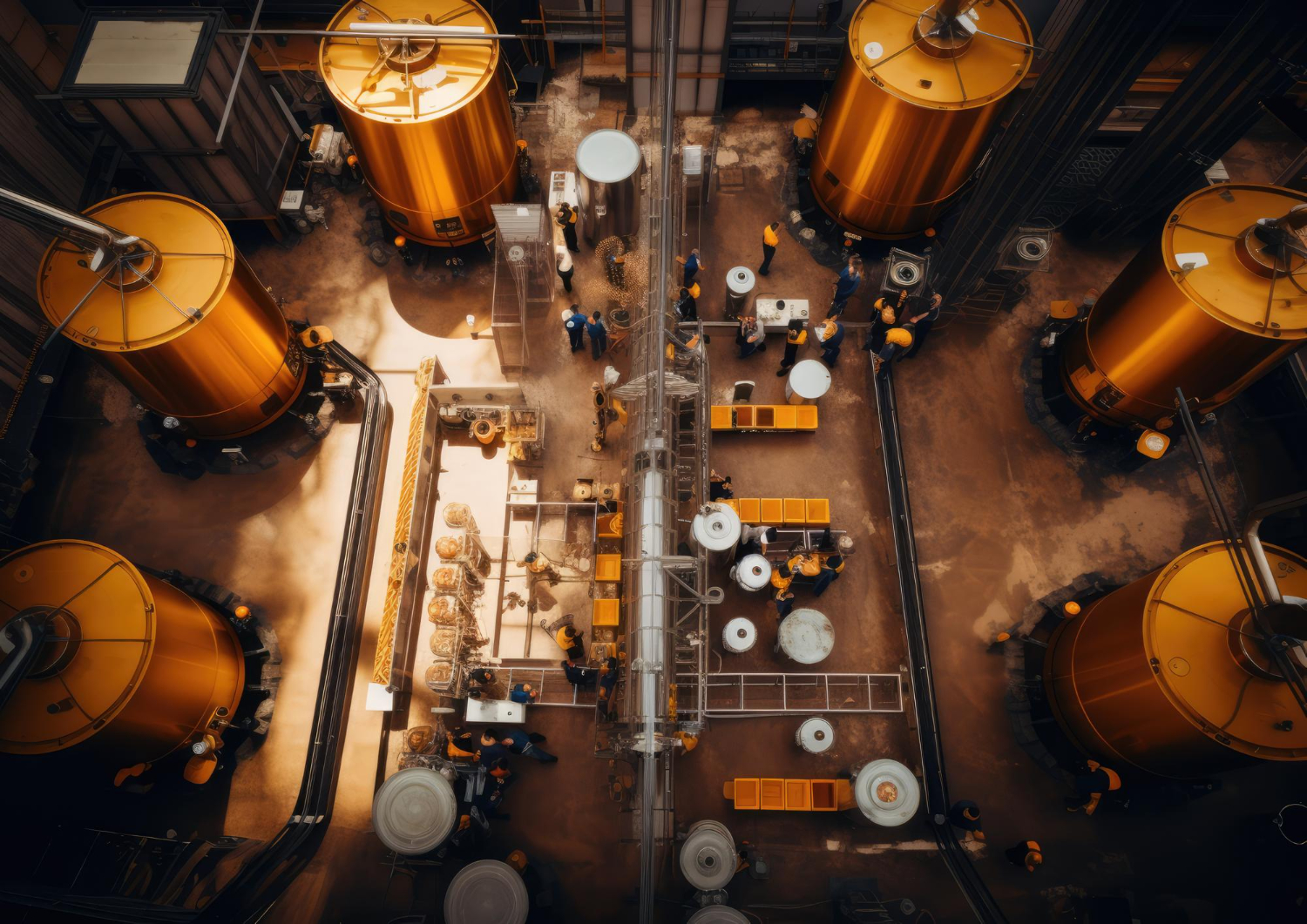
The Price of a Pint: “Drinkflation” Hits Home
The buzz at Oktoberfest also comes with a sting: the price of a beer has never been higher. What used to be a modest indulgence is now an expensive luxury, a trend economists call “drinkflation.” Rising input costs malt, barley, hops, and packaging—combined with energy price spikes and transport challenges, are pushing up consumer price
This isn’t just a local issue. From the USA to South Africa, brewers are being forced to raise prices or shrink serving sizes. In parallel, there’s also a premiumization trend: consumers, if they’re paying more, want higher quality or unique experiences in return. This creates opportunities for craft breweries but also pressures large-scale producers to innovate beyond the standard lager.
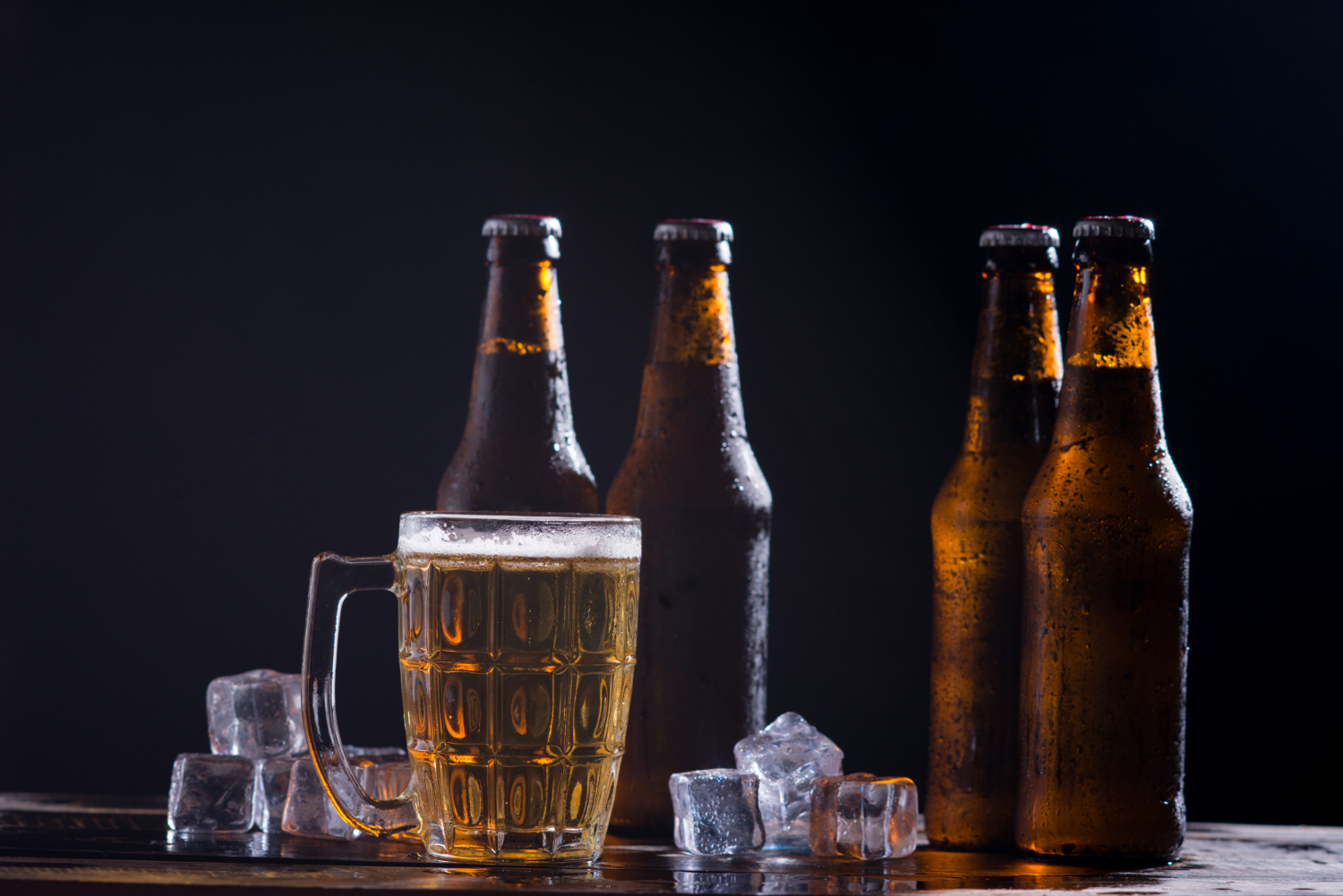
Global Flows: Beer as a Supply Chain Powerhouse
The Oktoberfest tent might serve beer brewed down the street, but the global supply chain tells a more complicated story. Mexico leads global exports at nearly USD 6.8 billion in 2024, followed by the Netherlands and Belgium. Germany remains a strong player, but what’s striking is how developing nations like Brazil, South Africa, and Namibia are seeing double-digit growth in exports, diversifying the international beer economy
On the import side, the USA, France, and China are among the biggest consumers of imported beer. This movement of billions of liters requires a finely tuned logistics machine— tankers, containers, customs, and cold storage, all vulnerable to disruption. Packaging choices also feed into logistics: more than 50% of global beer is now sold in cans, thanks to portability and sustainability, while bottles dominate the premium and imported segment.

Europe’s Brewing Balancing Act
Europe still produces staggering volumes 32.7 billion liters of alcoholic beer annually but the region also faces unique challenges. Countries like the Netherlands, Belgium, and Germany remain top exporters, while France and Italy increasingly rely on imports. With “drinkflation” biting at home, many European brewers are doubling down on exports to keep margins intact.
Yet the supply chain is fragile. Droughts in hop-growing regions, fluctuating grain prices, and port congestion are constant threats. Add to that shifting consumer preferences lighter lagers for some, strong ales for others and brewers face a logistical puzzle: how to scale production while staying flexible enough to pivot.
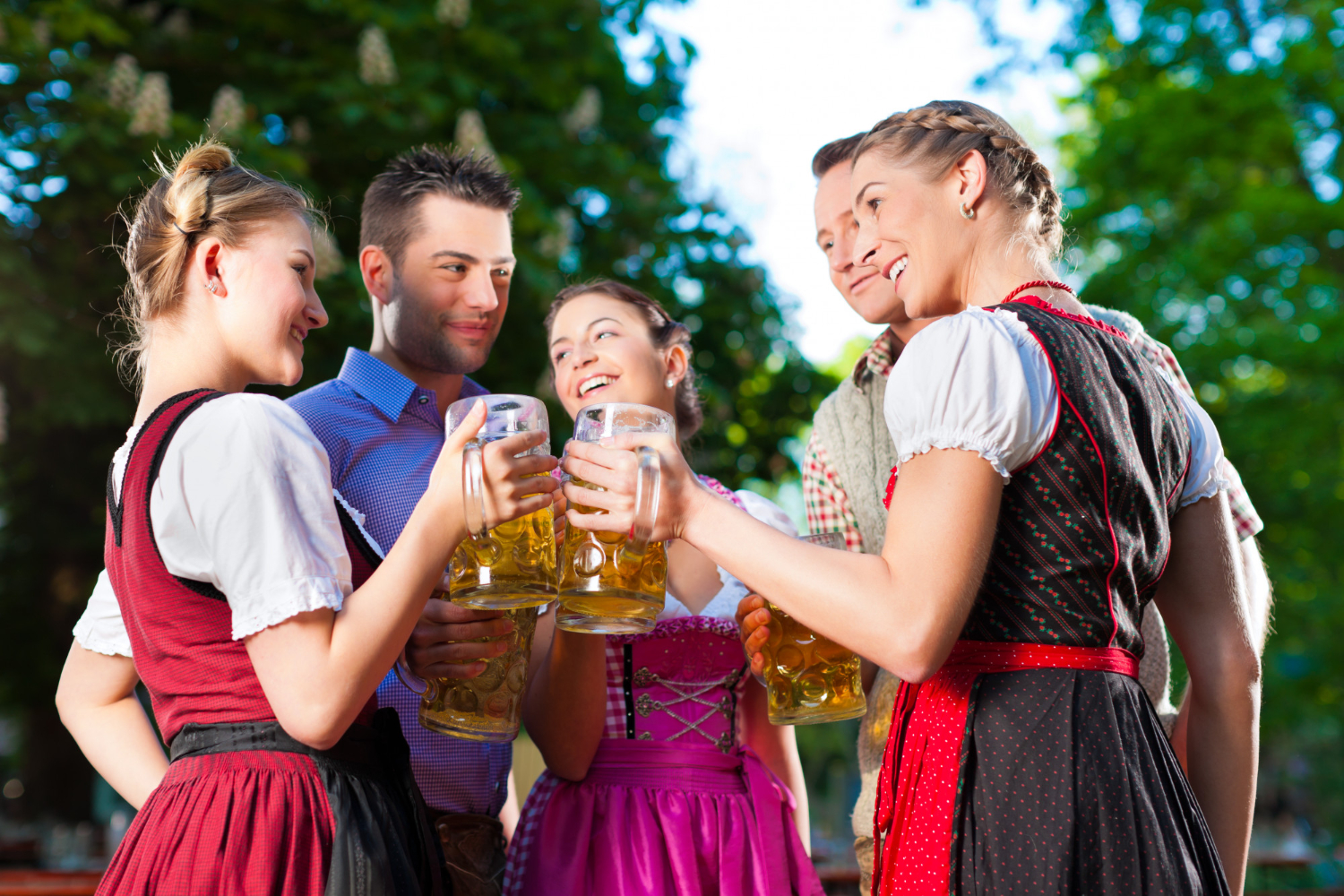
What Oktoberfest Teaches the World
Oktoberfest is more than a Bavarian tradition it’s a stage where all these dynamics collide. Record-breaking revenues at the festival point to the resilience of beer as a social and cultural force. But the higher prices, variety of offerings (including alcohol-free beers), and logistical complexity behind the scenes showcase how brewers are adapting.
The lesson? The beer industry is no longer defined by heritage alone. It’s defined by agility. Whether that’s expanding into non-alcoholic variants, investing in sustainable packaging, or rethinking supply chain resilience, brewers have to innovate to keep pouring.
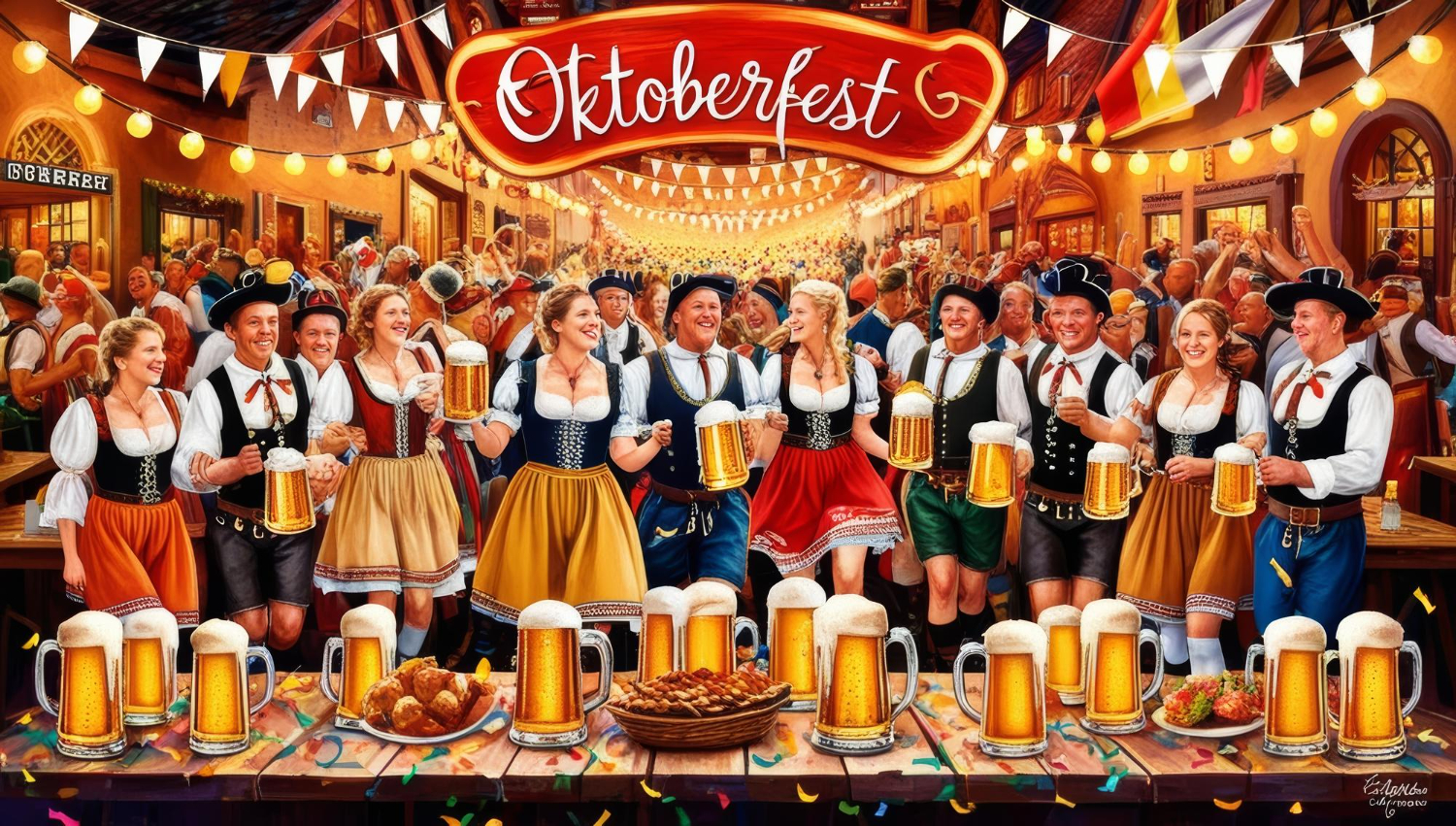
The Future on Tap
Looking ahead, the global beer boom shows no sign of slowing. Demand from Asia-Pacific and North America will continue to outpace Europe, while export diversification will bring new players into the mix. But the challenges rising costs, shifting tastes, and fragile supply chains—will intensify.
For brewers, the choice is clear: evolve or risk obsolescence. The Oktoberfest tent may still be full, but the beers inside are already changing. And that shift, from Munich to Mexico to Mumbai, is reshaping the way beer flows through the global economy.

